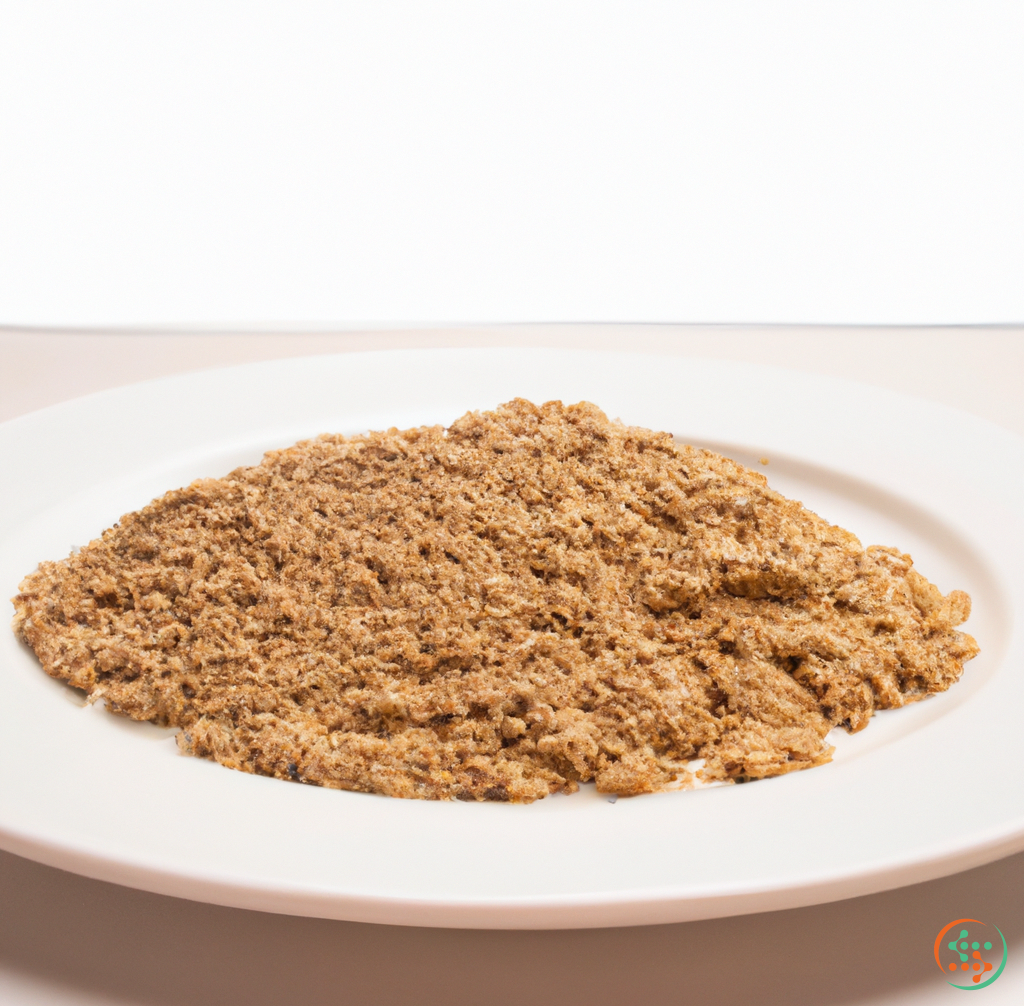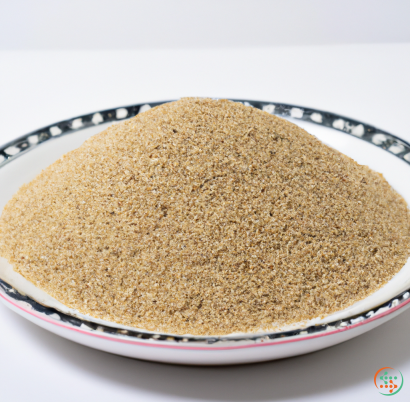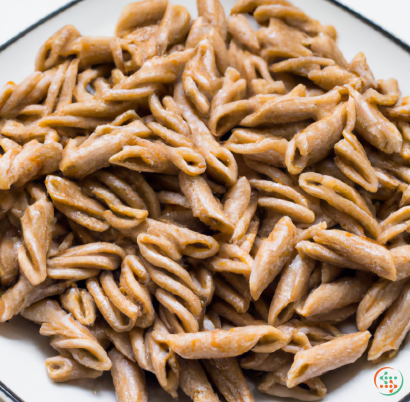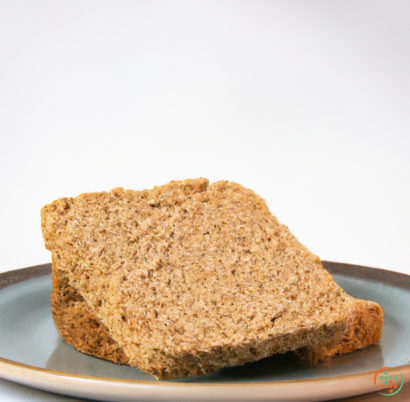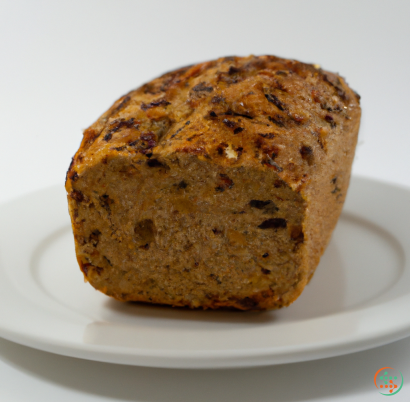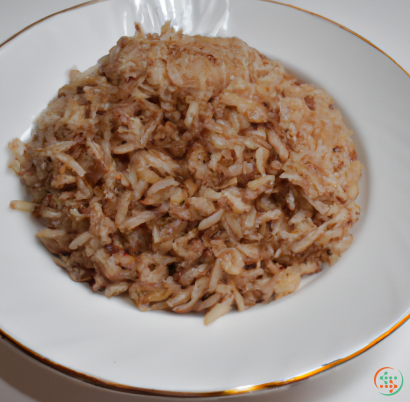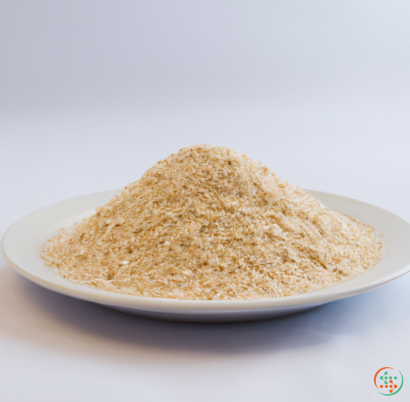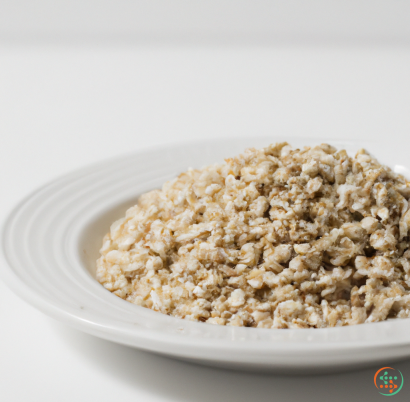Buckwheat Flour
What is Buckwheat Flour?
Buckwheat flour is a type of grain flour made from the whole grain of the buckwheat plant, Fagopyrum esculentum. Buckwheat is not related to wheat and is actually considered a pseudo cereal. It is technically a fruit seed, rather than a grass like true cereals, such as wheat, oats, or barley. Buckwheat flour is milled from dehulled buckwheat groats, which are light-brown kernels with a nutty flavor. The flour is brown and light in color, with a distinctive, earthy flavor.
History of Buckwheat Flour
Buckwheat has been grown and eaten for centuries in Asia, Europe, and the United States. In the United States, buckwheat has been primarily grown in the northeast and northwest regions. The plant is highly tolerant of cool weather and it can be planted late in the season after other grains have finished being harvested. Buckwheat flour was historically used to make porridges and pancakes, and it was sometimes referred to as "gray flour."
Nutritional Profile of Buckwheat Flour
Buckwheat flour is an excellent source of dietary fiber, vitamins, and minerals. It is high in protein and provides a high-quality protein source that is comparable to wheat and oat flours. A quarter-cup serving contains about 5 grams of fiber and around 7.5 grams of protein. Buckwheat flour is also a good source of iron, zinc, and B-vitamins such as thiamin, riboflavin, niacin, and folate.
Health Benefits of Buckwheat Flour
The high fiber content in buckwheat flour can help to support digestive health and balance blood sugar levels. Several studies have also found that regularly consuming buckwheat may help to lower cholesterol levels, reduce inflammation, and improve metabolic health. It can also help to reduce the risk of cardiovascular disease. The high levels of B-vitamins in buckwheat flour can provide a boost of energy, which may help to improve physical performance and mental alertness.
Uses for Buckwheat Flour
Buckwheat flour has a strong, nutty flavor which makes it a good choice for savory dishes such as pancakes, waffles, muffins, breads, crepes, blini, and soba noodles. It can also be used as a thickener for soups, stews, and gravies, and it can be used to make batters for fried foods or as a coating for fish and vegetables. Buckwheat flour is gluten-free, so it can be used as a substitute for wheat flour in recipes, though gluten-free baking recipes may require additional changes depending on the type of flour used.
Storage & Shelf Life
Buckwheat flour should be stored in an airtight container in a cool, dry place. When stored properly, it can last for up to 12 months. The flour should be used within a few weeks after opening to ensure the best flavor and texture. The flavor and texture can diminish over time as the flour absorbs moisture.
Conclusion
Buckwheat flour is a nutrient-dense flour with a nutty flavor and numerous health benefits. It can be used in a variety of recipes and can be stored for up to 12 months when kept in an airtight container. For individuals looking to add extra fiber and nutrition to their diets or seeking gluten-free baking solutions, buckwheat flour is a great choice.
Buckwheat is a nutrient-dense pseudocereal that has been eaten around the world for thousands of years. It can be grown in a variety of climates and conditions, but is especially well suited to temperate climates and mountainous terrain. The buckwheat grain, known as a "groat," is inexpensive and provides high fiber, protein, and essential minerals, such as zinc and magnesium. Buckwheat is a gluten-free grain and can be used as a substitute for wheat flour in many recipes. While it doesn't have the same rise as wheat, it is highly versatile and can be used in place of wheat in flatbreads, pancakes, noodles, and more.
The process of creating buckwheat flour begins on the farm. Buckwheat is a short season, cool-weather crop, and is ideally suited to areas that range from warm temperate to sub-arctic climates. The crop is typically planted in the spring, and takes about 8-10 weeks to reach maturity. During this time, the buckwheat plant needs to receive plenty of sun and water in order to reach optimal development. Once the buckwheat is fully mature, it is ready to be harvested.
Harvesting is typically done by hand. The heads of the buckwheat plants are cut and gathered into piles for collection. The harvested crop is then processed. The husks are removed and the groats within are separated out. Any foreign matter or damage found in the groats is removed, and the buckwheat is ready to be milled.
The buckwheat groats are transported to a milling facility, where they are cleaned once again and placed in an industrial mill. Here, they are ground into a fine powder, which results in buckwheat flour. Depending on the type of buckwheat flour desired, the milling process may involve the addition of other ingredients, such as wheat- or gluten-free flours. The buckwheat flour is sifted and packaged for sale in either bulk form or pre-packaged bags.
Once the flour is packaged, it is transported to retail stores where it is sold to consumers. Consumers can also buy buckwheat flour from online stores, where it is often sold in bulk form. Buckwheat flour is shelf stable and can last for up to two years when stored in a cool, dry place.
Once the flour has arrived in a consumer's home, it can be used in a variety of recipes. For example, buckwheat flour can be used in place of wheat flour to create healthy and delicious pancakes, waffles, noodles, and pastas. It can also be added to a variety of baked goods, such as breads and muffins. With its nutty flavor and slightly chewy texture, buckwheat can add a unique flavor to traditional recipes.
When preparing a dish with buckwheat flour, it is important to remember that buckwheat requires significantly less water than wheat. If a recipe calls for 1 cup of wheat flour, it should only require around 1/3 cup of buckwheat flour to achieve the same consistency. When baked goods are made with buckwheat flour, they should be served fresh.
By following the steps outlined above, buckwheat flour can take a journey from the farm to the dinner table. Not only is buckwheat flour a versatile and nutritious ingredient, but it is also an ancient food that has been enjoyed around the world for centuries. Whether used to make creamy pancakes or garlic-infused noodles, buckwheat flour can bring new life to any recipe.
| Vitamin E | 0.32 mg | |
| Vitamin K | 0.007 mg | |
| Vitamin B1 | 0.42 mg | |
| Vitamin B2 | 0.19 mg | |
| Vitamin B3 | 0.00615 grams | |
| Vitamin B4 | 0.0542 grams | |
| Vitamin B5 | 0.44 mg | |
| Vitamin B6 | 0.58 mg | |
| Vitamin B9 | 0.054 mg |
| Calcium | 0.041 grams |
Daily Value 1.3 g
|
| Iron | 0.00406 grams |
Daily Value 0.018 g
|
| Magnesium | 0.251 grams |
Daily Value 0.4 g
|
| Phosphorus | 0.337 grams |
Daily Value 1.25 g
|
| Potassium | 0.577 grams |
Daily Value 4.7 g
|
| Sodium | 0.011 grams |
Daily Value 2.3 g
|
| Zinc | 0.00312 grams |
Daily Value 0.011 g
|
| Copper | 0.52 mg |
Daily Value 0.9 mg
|
| Manganese | 0.00203 grams |
Daily Value 0.0023 g
|
| Selenium | 0.0057 mg |
Daily Value 0.055 mg
|
| Tryptophan | 0.183 grams | |
| Threonine | 0.482 grams | |
| Isoleucine | 0.474 grams | |
| Leucine | 0.792 grams | |
| Lysine | 0.64 grams | |
| Methionine | 0.164 grams | |
| Cystine | 0.218 grams | |
| Phenylalanine | 0.495 grams | |
| Tyrosine | 0.23 grams | |
| Valine | 0.646 grams | |
| Arginine | 0.935 grams | |
| Histidine | 0.294 grams | |
| Alanine | 0.712 grams | |
| Aspartic Acid | 1.078 grams | |
| Glutamic Acid | 1.948 grams | |
| Glycine | 0.981 grams | |
| Proline | 0.482 grams | |
| Serine | 0.652 grams |
| Sucrose | 1.7 grams |
|
| Total Sugars | 2.6 grams |
per 100g
|
| Caprylic acid (8:0) | 0.03 grams |
|
| Capric acid (10:0) | 0.02 grams |
|
| Lauric acid (12:0) | 0.01 grams |
|
| Myristic acid (14:0) | 0.02 grams |
|
| Palmitic acid (16:0) | 0.41 grams |
|
| Stearic acid (18:0) | 0.04 grams |
|
| Total Saturated fatty acids: | 0.53 g | |
| Erucic acid (22:1) | 0.01 grams |
|
| Oleic acid (18:1) | 0.9 grams |
|
| Palmitoleic acid (16:1) | 0.02 grams |
|
| Total Monounsaturated fatty acids: | 0.93 g | |
| Linolenic acid (18:3) | 0.07 grams |
|
| Linoleic acid (18:2) | 0.88 grams |
|
| Total Polyunsaturated fatty acids: | 0.95 g | |
